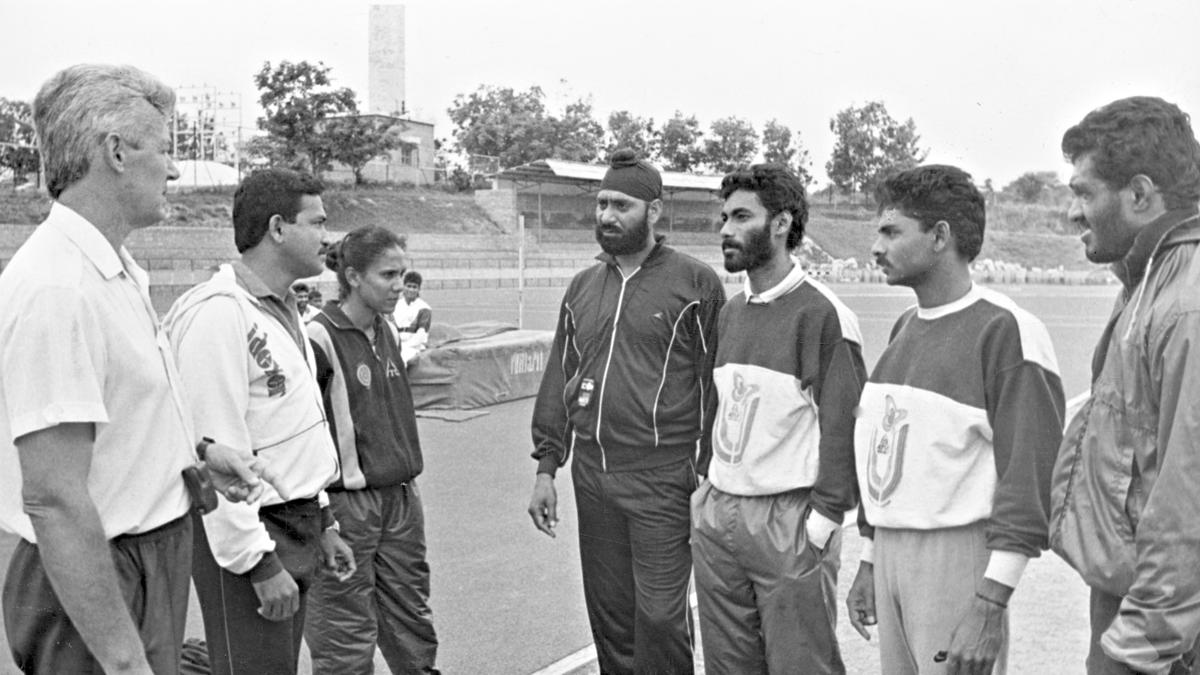 |
|
India's sporting journey post-independence is a tapestry woven with threads of historical context, socio-economic realities, and evolving national aspirations. The article meticulously chronicles the nation's endeavors to establish a robust sports ecosystem, highlighting the challenges, milestones, and future prospects. Tracing back to pre-historic times where physical prowess was essential for survival, the narrative transitions into the post-1947 era, a period marked by nation-building priorities that initially overshadowed sports. The allocation of resources towards poverty alleviation, health, and education understandably relegated sports to a secondary position in the national agenda. However, the bold decision to host the inaugural Asian Games in New Delhi in 1951 underscored India's regional ambitions and served as a soft power projection, demonstrating its commitment to international engagement despite pressing domestic concerns. The establishment of the All-India Council of Sports (AICS) in 1954 was a significant step towards providing guidance on sports-related matters, supporting sports federations, and extending financial assistance to elite athletes. Yet, the limited financial allocations often resulted in athletes missing crucial international competitions, underscoring the constraints faced by the sporting sector during this formative period. The narrative acknowledges a relatively stagnant period of nearly three decades on the policy front, while simultaneously celebrating the remarkable achievements of Indian athletes like Milkha Singh, Gurbachan Singh, Praveen Kumar Sobti, and Kamaljeet Sandhu, who defied the odds to achieve international recognition in athletics. The dominance of the Indian men's hockey team at the Olympics during this period, spanning from 1920 to 1980, stands as a testament to the nation's sporting potential despite the limitations in policy support and resource allocation.
The 1982 Asian Games served as a pivotal catalyst for change, ushering in a new era of focus and investment in sports. The government's decision to create a dedicated Department of Sports under the Ministry of Human Resource Development signified a growing recognition of the importance of sports in national development. Riding the momentum generated by the Asian Games, India unveiled its first National Sports Policy (NSP) in 1984. The NSP 1984 aimed to improve infrastructure, promote mass participation, and raise standards in elite sports. It also emphasized the integration of sports with education, a critical aspect that was later formalized in the 1986 National Education Policy. The establishment of the Sports Authority of India (SAI) in 1986 further strengthened the institutional framework for sports development, providing a dedicated body to implement policy and oversee athlete development programs. However, the article acknowledges that while the global sports landscape underwent rapid transformation between 1986 and 2000, progress in India remained relatively slow. The classification of sports as a 'State' subject in the Constitution, coupled with modest budget allocations from the Union government and limited involvement from society and markets, contributed to inconsistent policy implementation. The article also notes the sluggish state of the Indian economy during the 1980s, which further constrained the resources available for sports development. The year 1991 marked a significant turning point, with the advent of economic liberalization. This transformative economic shift coincided with cultural changes, as cable television, increased global exposure, and the emergence of a rising middle class heightened the visibility and aspirations surrounding sports. A Draft NSP in 1997 recognized these changes, proposing that States focus on broadbasing sports participation, while the Union government concentrates on elite excellence. However, this draft policy remained unrealized, highlighting the challenges in translating policy intentions into concrete action.
The year 2000 witnessed the creation of a dedicated Ministry of Youth Affairs and Sports (MYAS), signaling a renewed commitment to sports development. A revised National Sports Policy was launched in 2001, setting clearer goals for mass participation and international excellence. This period also saw sports being included in the Union Budget, albeit with a relatively small allocation. Despite these efforts, India's Olympic medal tally remained modest, with notable achievements including Rajyavardhan Rathore's silver medal in 2004, Abhinav Bindra's gold medal in 2008, and bronze medals in boxing from Vijender Singh (2008) and Mary Kom (2012). The introduction of the National Sports Development Code (NSDC) in 2011 aimed to regulate and professionalize National Sports Federations (NSFs), addressing critical issues such as governance, anti-doping, age fraud, betting, and gender inequality. However, the article emphasizes that implementation remained a significant hurdle. Despite these challenges, several impactful schemes were launched over the years, demonstrating a proactive approach to sports development. The Target Olympic Podium Scheme (TOPS) launched in 2014 provided elite athletes with comprehensive support, including coaching, nutrition, and infrastructure. Khelo India, launched in 2017, focused on identifying youth talent across schools and universities. The Fit India Movement, launched in 2019, aimed to promote physical activity and fitness as a public health priority.
India's ambition to host the 2036 Olympics has injected significant momentum into its sports development efforts. In 2024, the government released both the Draft National Sports Policy and the Draft National Sports Governance Bill for public feedback, demonstrating a commitment to transparency and inclusivity. The unveiling of “Khelo Bharat Niti- 2025”, reinforcing India’s 2036 Olympic bid, signifies a strategic focus on long-term sporting ambitions. The article underscores the importance of giving the go-ahead to measures like the Draft National Code for Good Governance in Sports, 2017, which have been under deliberation for some time. The fact that India topped the latest global doping list released by WADA highlights the urgent need for stakeholders to prioritize the larger good of Indian sport and enforce reforms. The article emphasizes the need to prioritize scientific coaching, physical literacy, and the integration of sports into education. It concludes by stressing that building a 'sporting nation' is a long-term endeavor that requires sustained action. With Khelo Bharat Niti 2025, India has a golden opportunity to fast-track its long-term sporting ambitions, but success hinges on whether the nation is truly 'game' for the challenge.
Source: A look at India’s sports policy journey post independence | Explained
